Week 52: One year!
–
–
We wandered around Antalya a little more before heading inland to Konya via some spectacular mountain scenery. Konya is the spiritual home of the Mawlawi Order of Sufi Islam, famous for its sema ceremonies where the dervishes whirl as a form of meditation. Between 1150 and 1300 the city was the capital of the Seljuk Sultanate of Rum, and in 1228 the man who would become one of Turkey’s most beloved poet and religious leader moved to the city with his father. Jalal ad-Din Muhammad Balkhi, otherwise known as Mevlana or Rumi, was a spiritual leader and teacher like his father had been. After his death in 1273 his followers built a mausoleum over his tomb and continued to follow his teachings.
The mausoleum is now a museum and we saw the beautiful decorations that adorn his tomb. He is still held in high regard and many pilgrims come to Konya every year to pay homage. Many of them also go to see a sema ceremony which is held every Saturday. Not knowing if we’d be able to see one in Konya we’d already seen one in Istanbul but went again. It was a completely different experience, though strangely enough the touristy expensive one in Istanbul was actually more intimate. In Konya they whirled in a 2,000 person stadium and free tickets meant it was almost full. Camera flashes were going off regularly despite a request not to use them. Still, it was good in a different way and I appreciated the chance to take photos even if the results are somewhat fuzzy and grainy.
Our next stop was Cappadocia, a place both of us have been looking forward to visiting for a very long time. So far it hasn’t disappointed. There are probably more tour buses here than we’ve seen anywhere in Turkey (apart from Istanbul) but apart from a few popular places we’ve managed to get away from the crowds and find some awesome nooks and crannies. On the first day we headed to the Goreme Open Air Museum, a must see. In the 4th century Christian communities started to carve monastic cells out of the relatively soft rock in the area but most of the 30 or so churches in the Open Air Museum date from the 9th to 11th centuries. There are some pretty impressive frescoes but what were most interesting to me were the churches that were painted during the iconoclastic parts of Byzantine era. In these two periods (730-787 and 814-842) religious icons were destroyed and Orthodox Christian art as we know it was replaced by red ochre scribbles. Thankfully for the eyes of art-loving people it was simply a phase, one brought about in part by the ever increasing military successes of Islamic forces. It seemed that God had switched sides to a religion that didn’t portray images of their saints and saviours. Coincidence? They thought not.
In the afternoon we wandered through another nearby valley on our way back to Goreme and stumbled across what has been one of the highlights of our time in Cappadocia. Up an unmarked ladder to a nameless cave we found what must have been one of the many hidden retreats carved out by early Christians. Before Christianity became the official religion of the Roman empire there was a lot of persecution and that was one of the reasons that there are so many churches and chapels carved out of the rock. It was a hiding place.
But reading about it and actually finding a great example of it are completely different things. Our ladder took us up to a carved out room where we could see an example of the round rock doors that we’d read about. They were used to close off entrances against attacks as they were only manoeuvrable from one side, the inside. Using a relatively small amount of leverage the massive block of stone was rolled across the entrance way and the only way to open it from the outside was to chisel away at it. The original entrance way to our cave was a small tunnel hidden behind bushes in a notch in the hillside, the only reason we could see it so clearly and get in so easily was because the front of the cliff had eroded away. Anyway, from what was probably the kitchen a narrow tunnel led to what looked like a chapel or church. Iconoclastic designs adorned the roof. An extremely small tunnel in the wall led off that room then turned suddenly vertical and with the help of footholds in the wall we pulled ourselves up into what was probably the sleeping area. It was a fantastic experience to find something that made all the historical stories seem so real.
The next day we had one of the most amazing travel days we’ve had in a long time. It started early, at 5:45am when we were picked up for our sunrise hot air balloon tour. We took a long time deciding whether or not to fly because it’s quite expensive but in the end we decided to go, firstly because it seemed like something we’d regret not doing and secondly because we had our anniversary to help justify it. Our anniversary of marriage and our anniversary of travelling. No matter what the justification it was amazing. Seeing Cappadocia’s landscapes from the air is a completely different experience and it was worth both the money and the early morning wakeup. Feeling relatively fresh when we got back to the guesthouse we decided to walk through Love Valley to Uchisar. Love Valley is rather coyly named for the collection of rock formations that even the most innocent of virgins would recognise as looking like penises. We’d flown over it in the morning and almost touched down in our balloon but decided that we still wanted to walk through on our way to the massive stone fortress of Uchisar.
Actually we were a little disappointed by the fortress itself. Historically it was the villagers refuge in times of war and there are rooms carved out all over it but the accessible parts are very limited. We had much more fun exploring a nearby fairy chimney which was less managed and more open. Probably a bit more dangerous too but so much more fun! We found tunnels and passageways and rooms galore. It was fantastic! We’re planning to go back to explore more. As it was we wanted to walk back to Goreme via the Pigeon Valley before the sun went down. It didn’t go as smoothly as it could have, the path was a little deceptive, but we made it home in the end.
Today we took a day tour to get us out to some more remote (from Goreme) areas. We visited the Derinkuyu Underground City, the Ilhara valley and Selime monastery. Cappadocia has many underground cities which were built in many stages. The main stage of use was during the mid-late Byzantine era when armies from the Syrian area would march across Cappadocia en route to attacking Istanbul. As they had no military defences the villagers simply tried to disappear into the ground until the threat had passed. Estimates vary but historians think that about 10,000 people could be accommodated in the underground city we visited. It has about 11 different levels and we went down to about 60m underground in our short tour. Only about 10% of the total area has been cleaned out and is open to visitors. The city has areas for food storage, kitchens, meeting halls, a school, churches, stables, wine or oil presses, ventilation shafts and wells.
The Ilhara Valley was nice; it’s a totally different landscape from the rest of Cappadocia. Instead of being formed by water erosion of volcanic tuff it’s formed by the cracking and collapse of basalt. The result is an incredibly steep sided valley, which early Christians again used as a refuge. Around 100 churches were carved into its cliff faces but only about 15 survive today. We only visited one and it was notable for the pre iconoclastic paintings. You know how I said earlier that I was glad the iconoclasm had passed? Well I’m glad the phase before that passed too. It was OK but, as the guide explained, this was an era before professional artists or a time when there were more churches being built than there were artists to paint them. Whatever the reason, the naïve artwork on the wall was interesting but not necessarily beautiful.
The last stop on our tour was the Selime monastery. It takes up an entire fairy chimney and was used as both a religious centre and as a defensive refuge in case of attack. I wish I could tell you more about it but Brett and I were too excited to be able to climb all over it to listen to our guide. We climbed up a metal ladder into a black almost vertical tunnel that led to another flight of steep steps and then another. It was all awesomely adventurous until we got to a point that we didn’t want to continue and realised that we had to climb down. Why is the climb up always so much faster and more fun than the slow cautious descent?
We have a few more days here in Cappadocia before we move on. At the moment we’re not sure where we’ll go next, it depends on the reports we hear about weather on Nemrut Dagi, the mountain to the east that’s scattered with massive stone heads. We’ll see what we hear and plan around that.
Tags: Antalya, Cappadocia, Derinkuyu Underground City, Goreme Open Air Museum, hot air balloon, Ilhara Valley, Konya, Love Valley, Mevlana, Selime Monastery, Uchisar, whirling dervishes
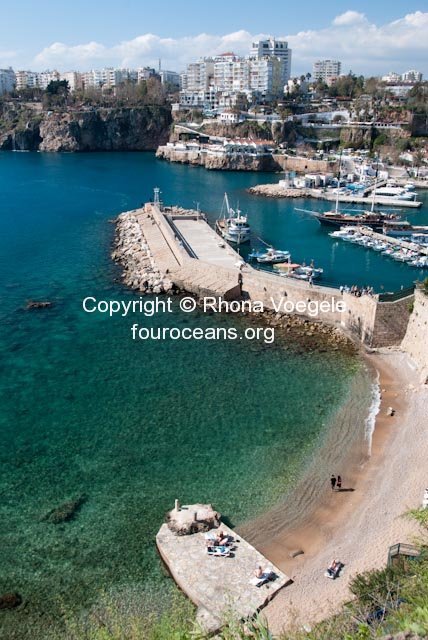
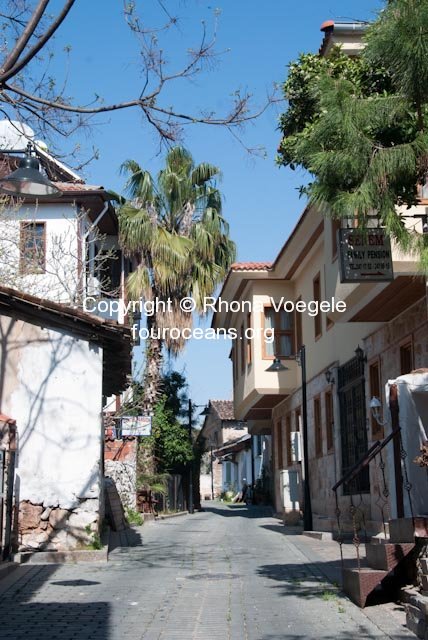
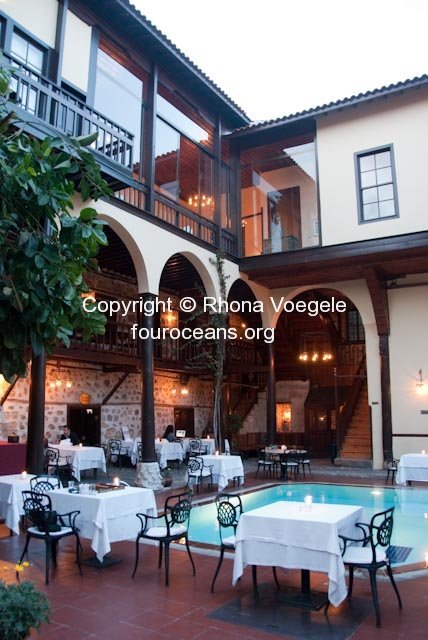
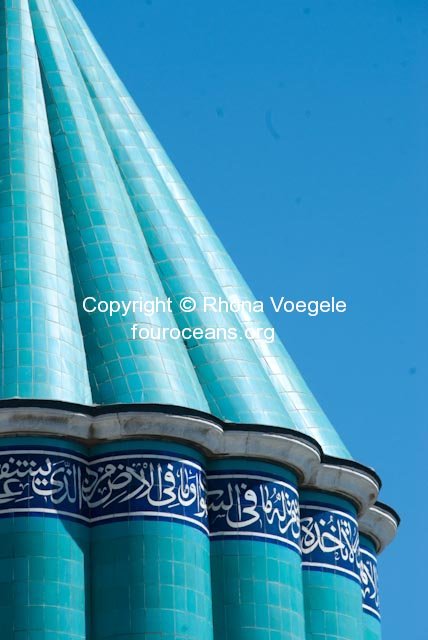
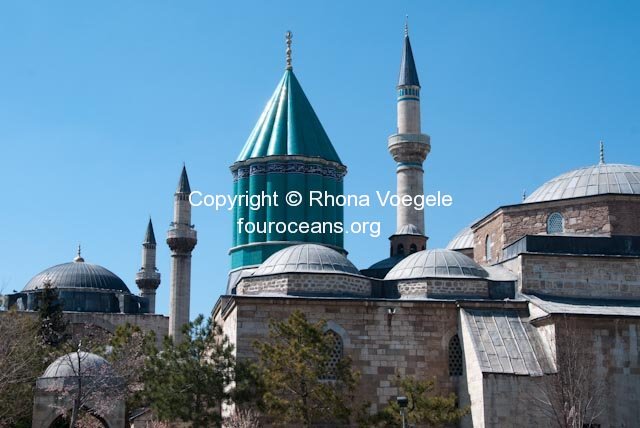
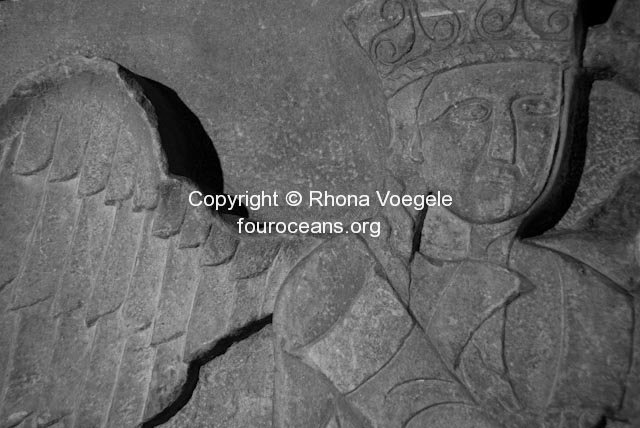
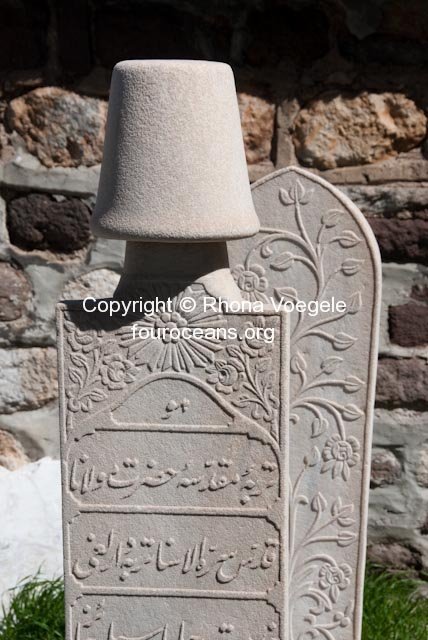
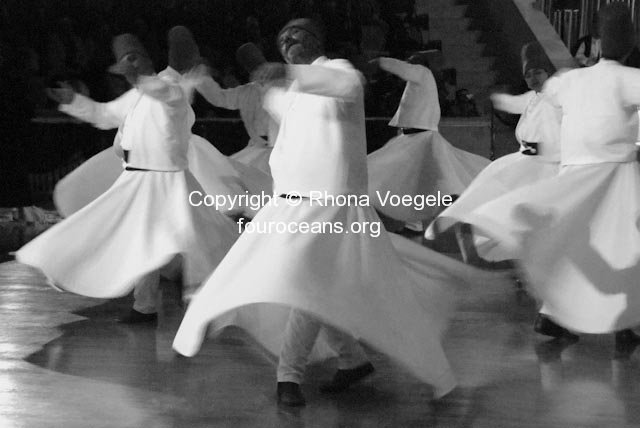
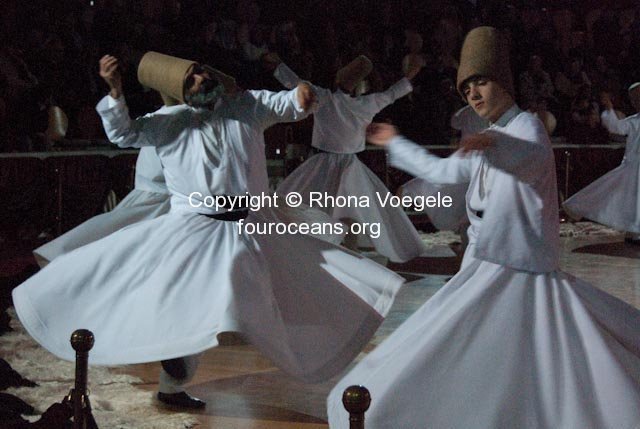
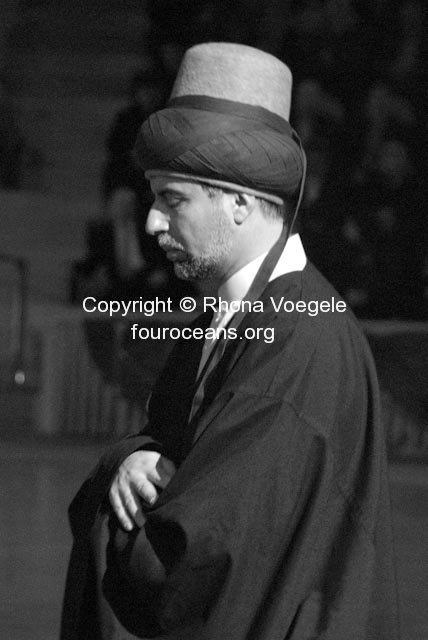
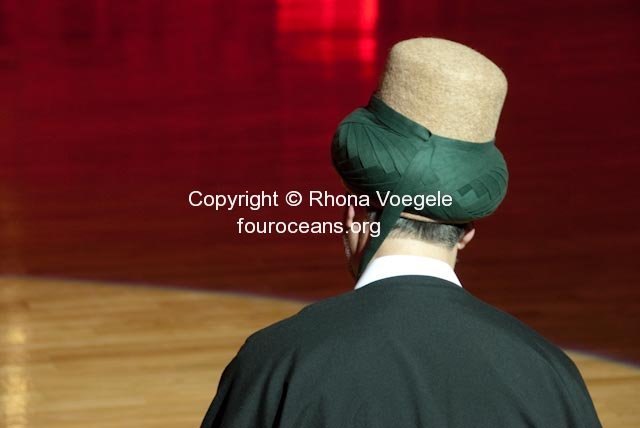
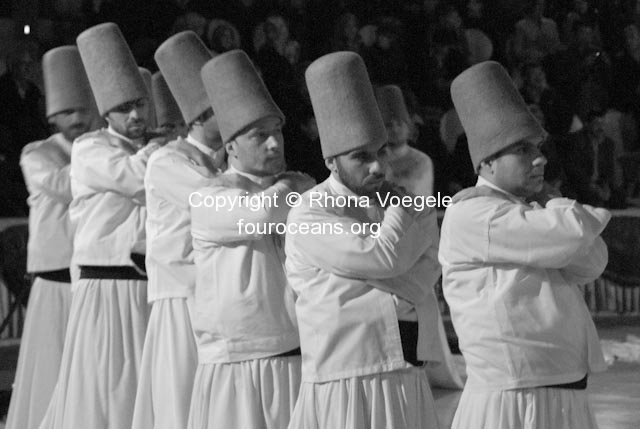
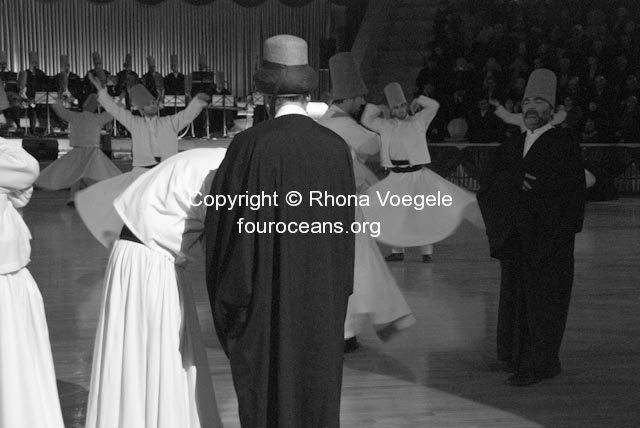
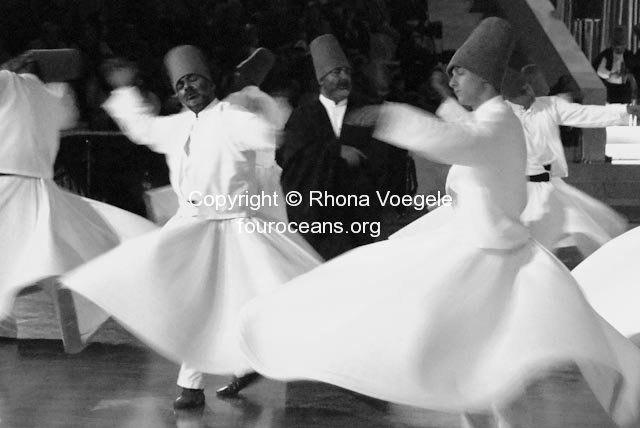
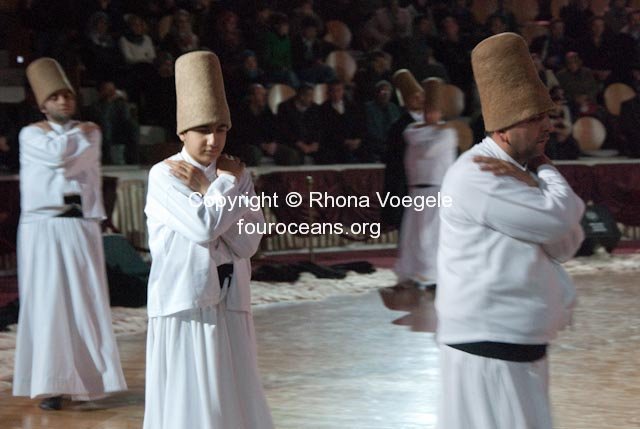
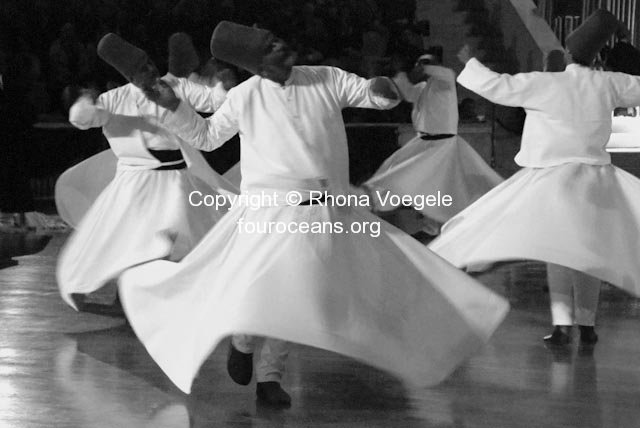
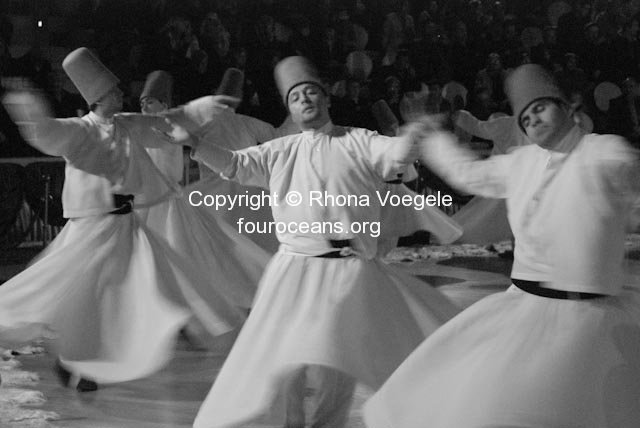
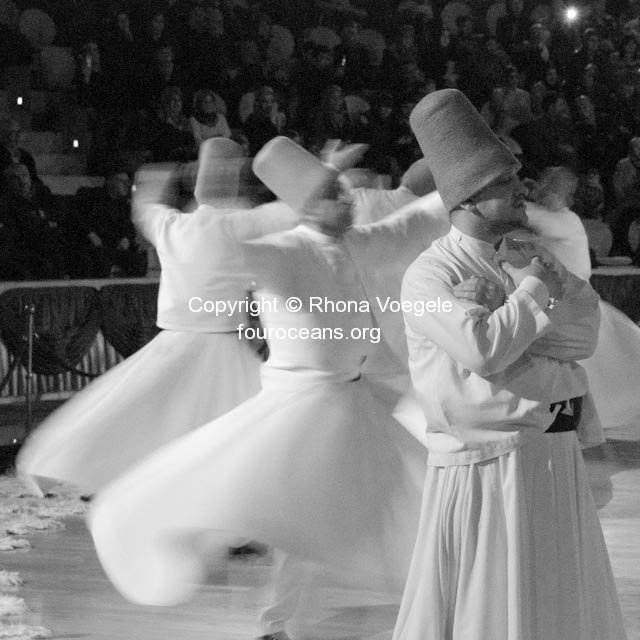
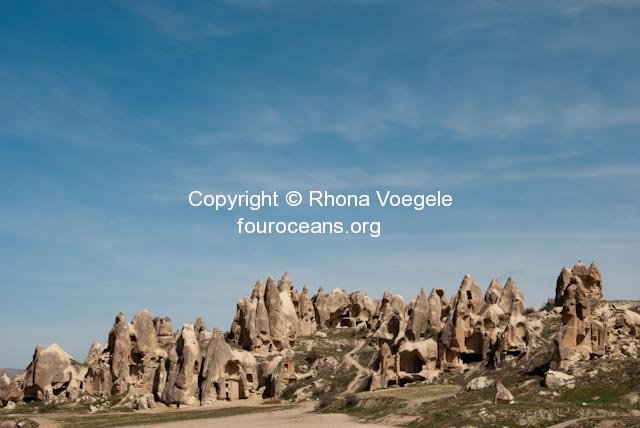
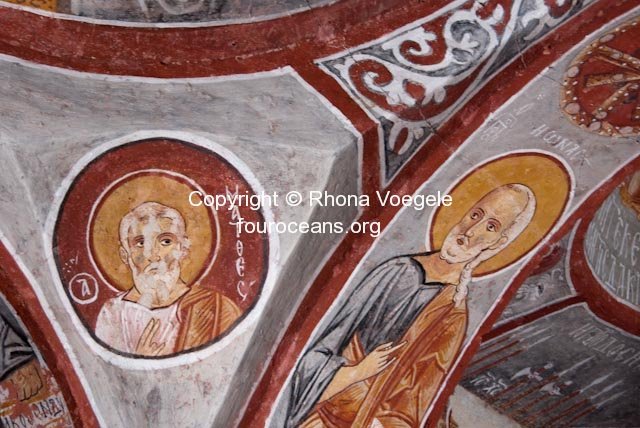
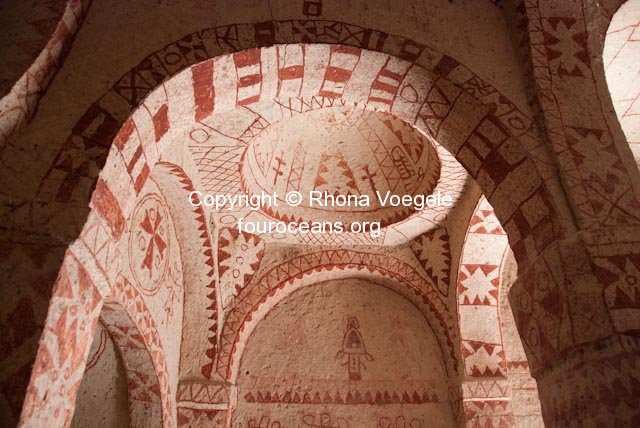
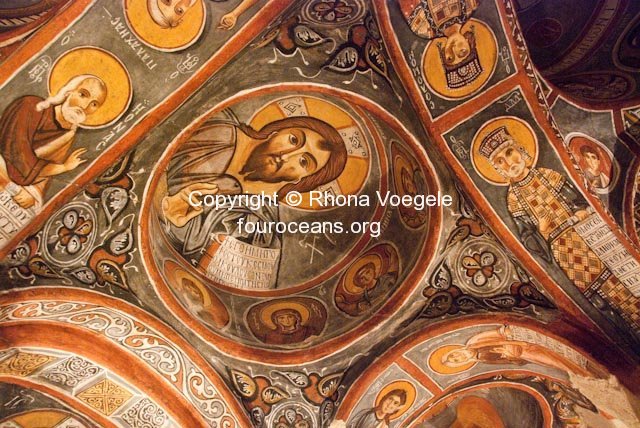
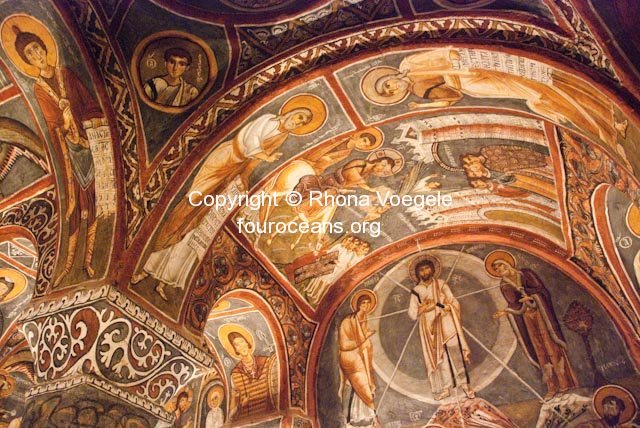
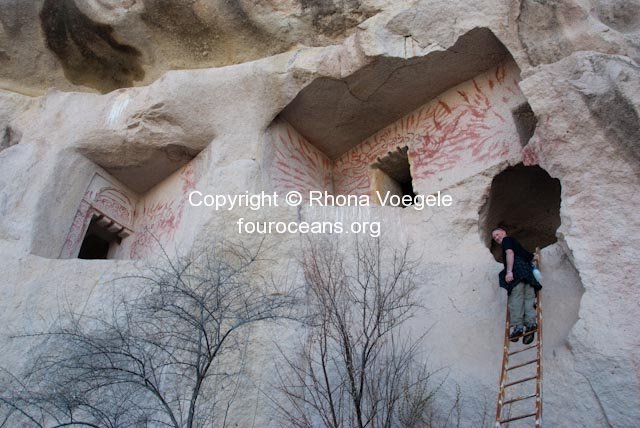
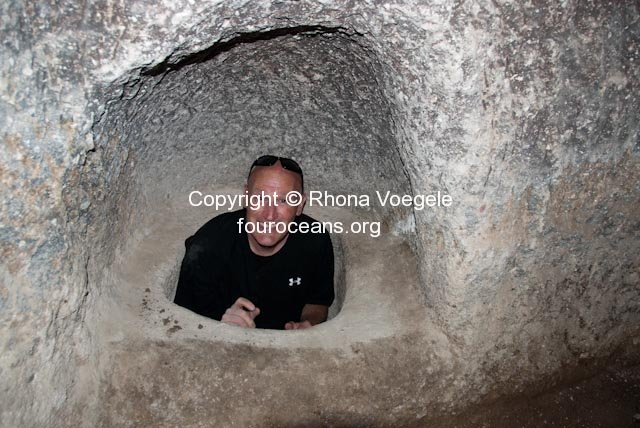
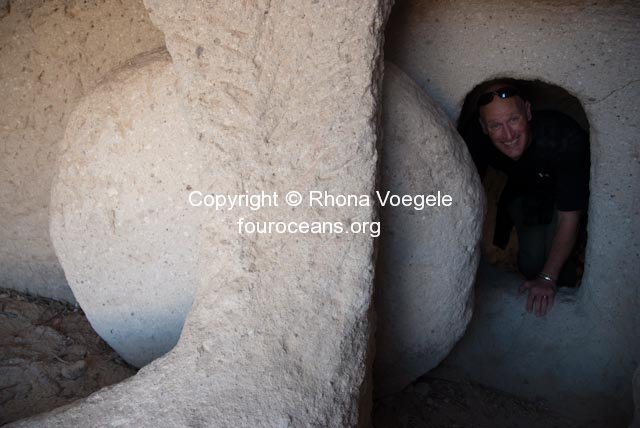
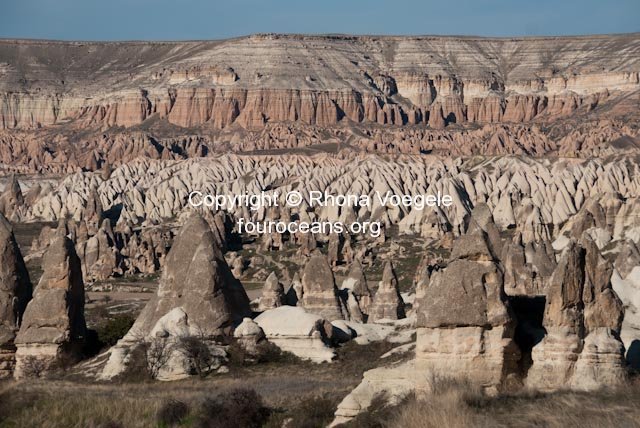
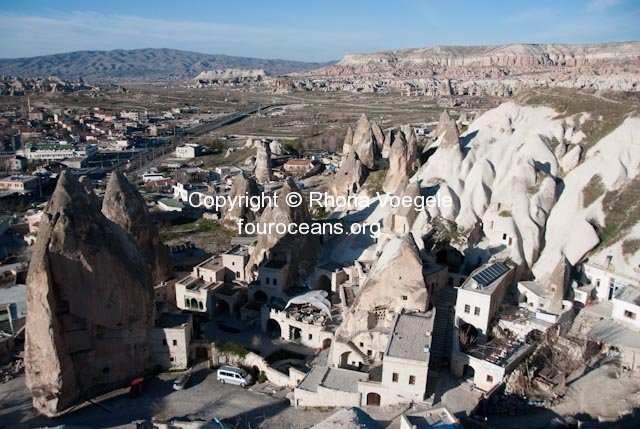
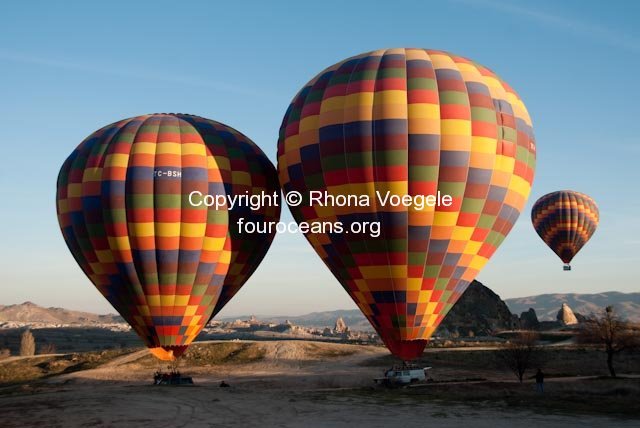
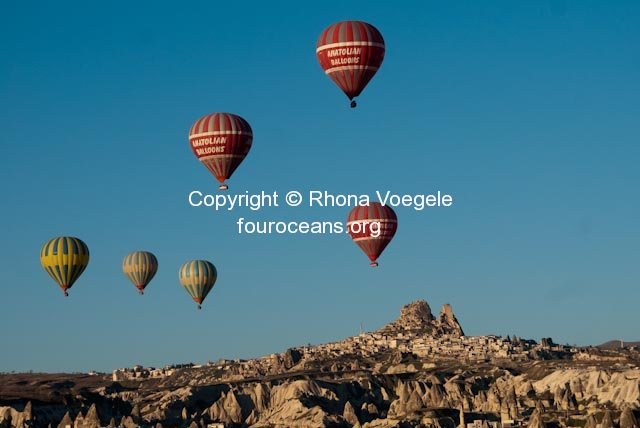
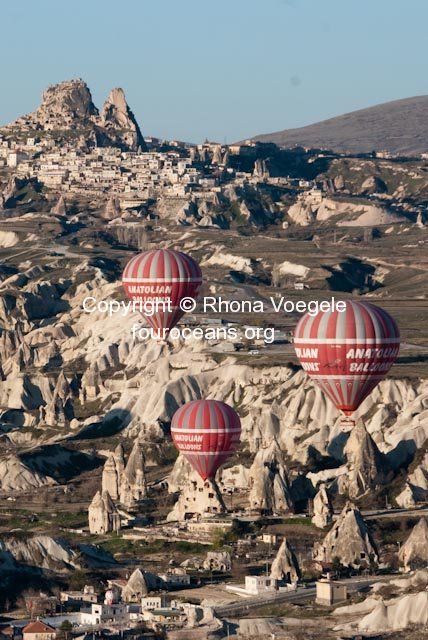
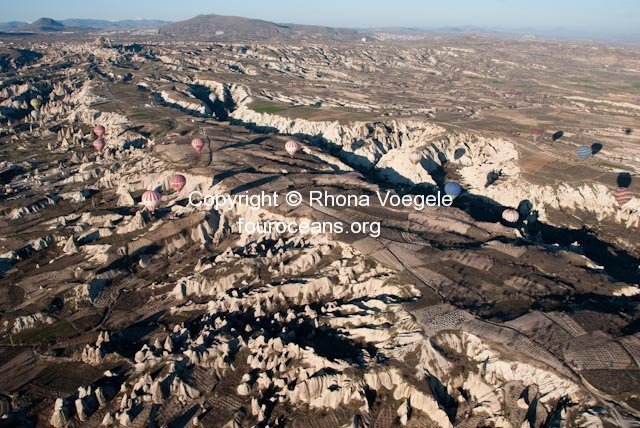
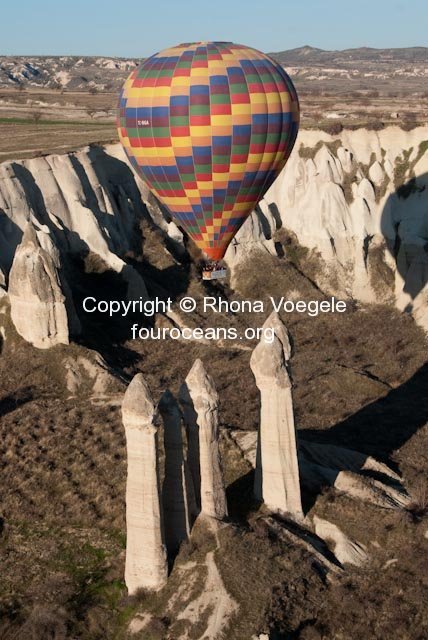
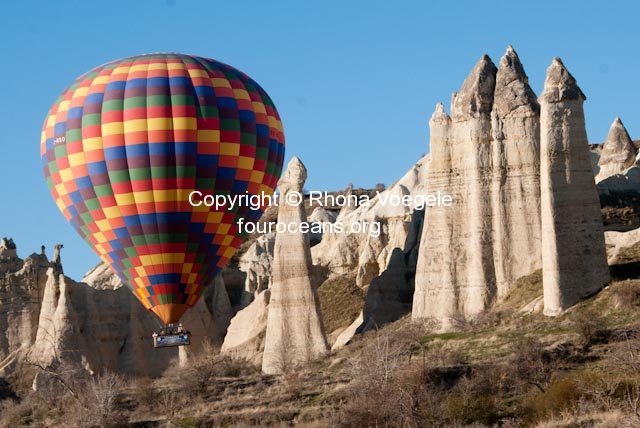
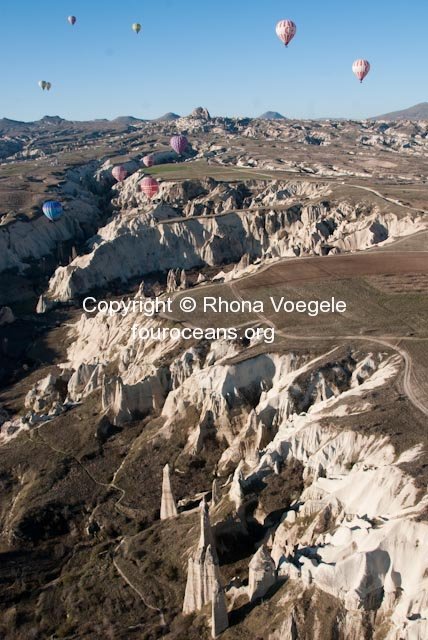
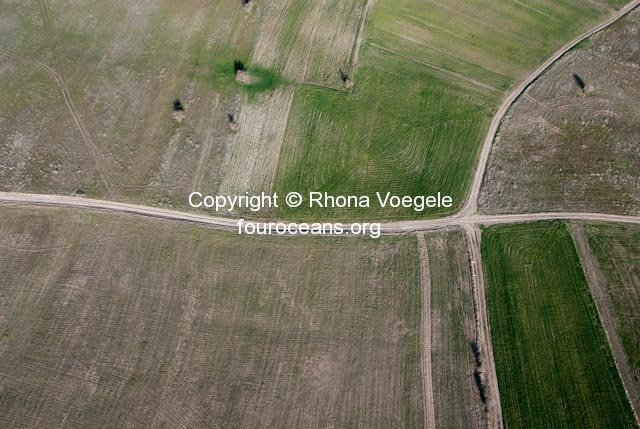
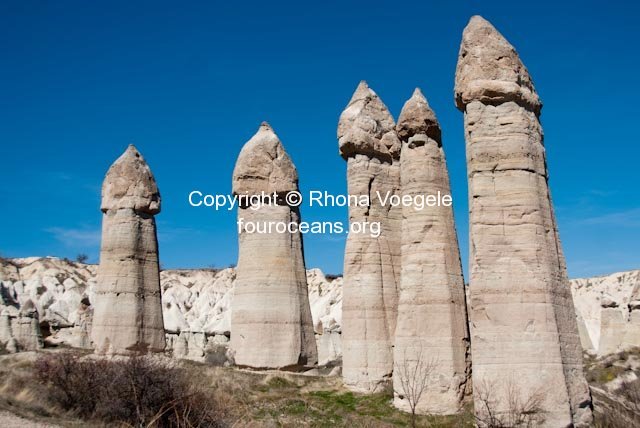
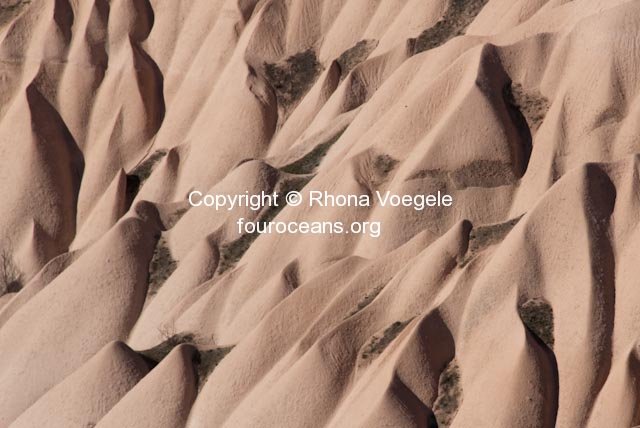
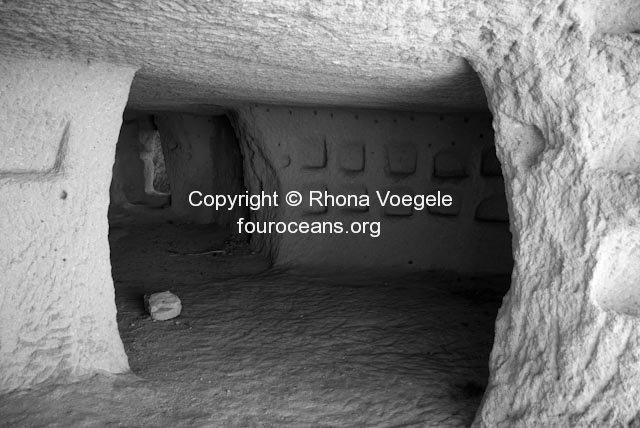
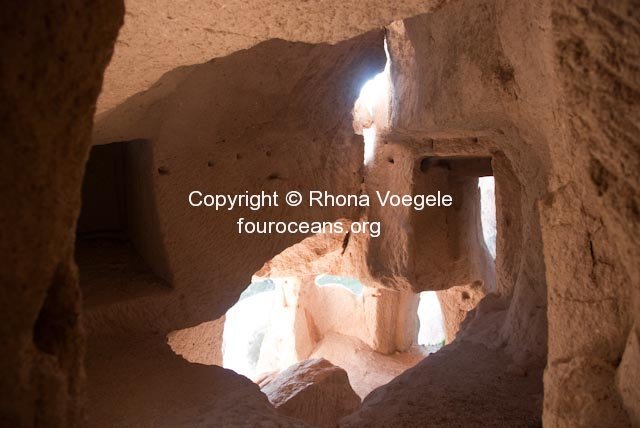
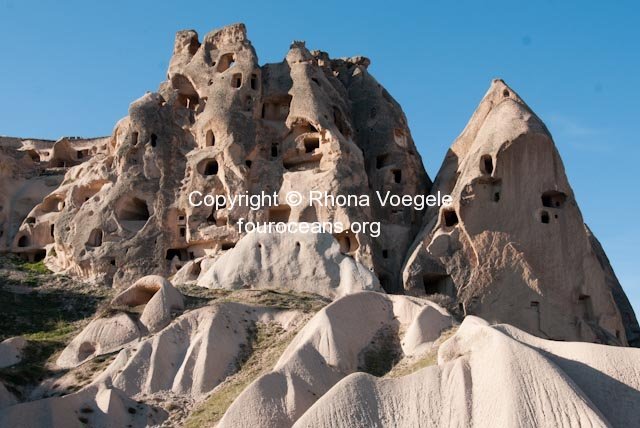
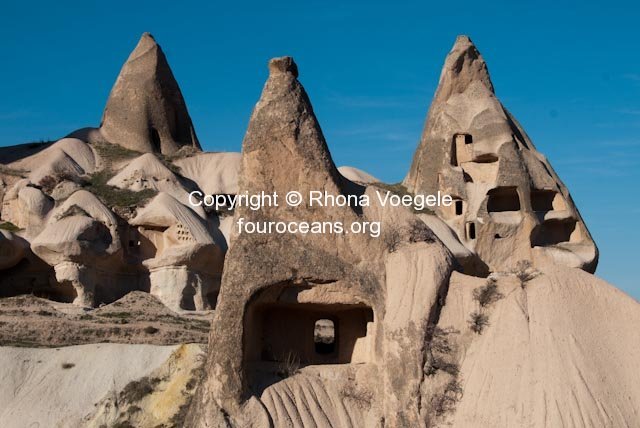
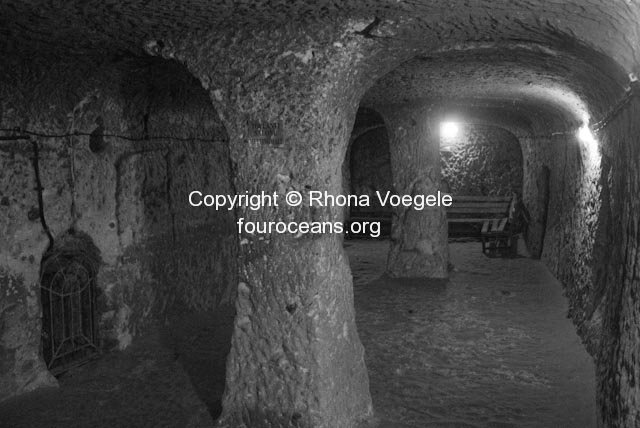
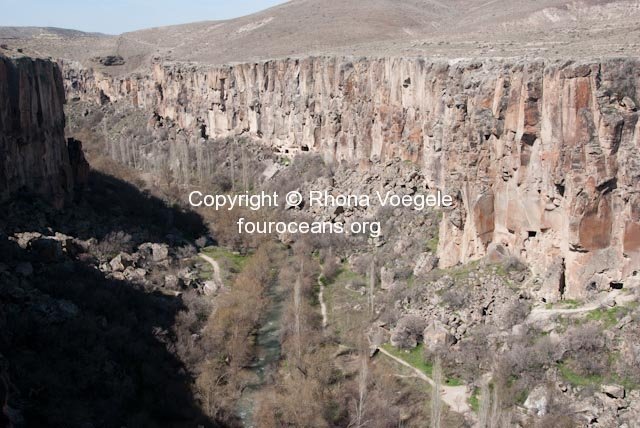
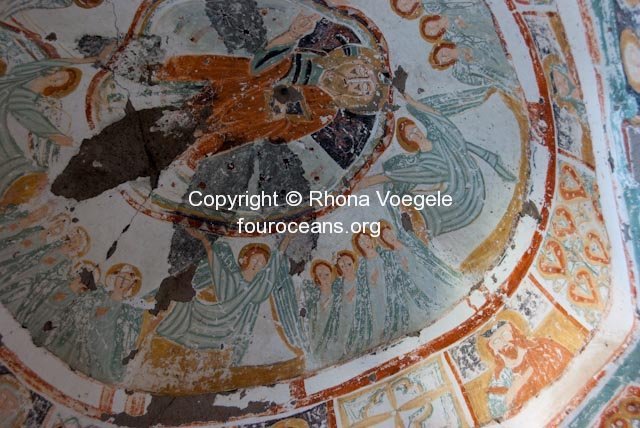
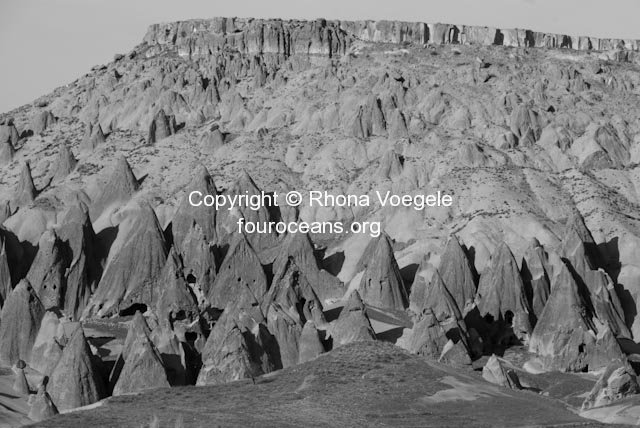
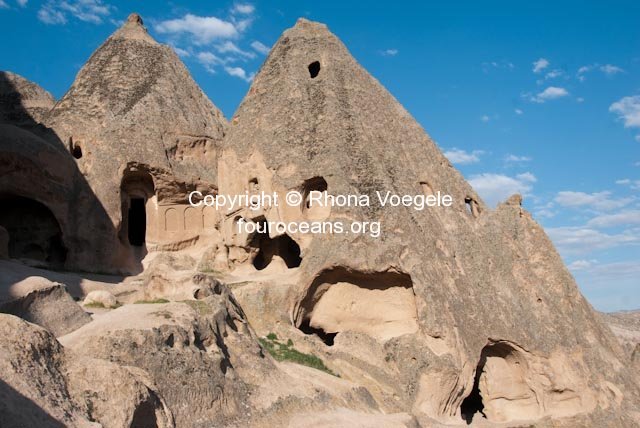
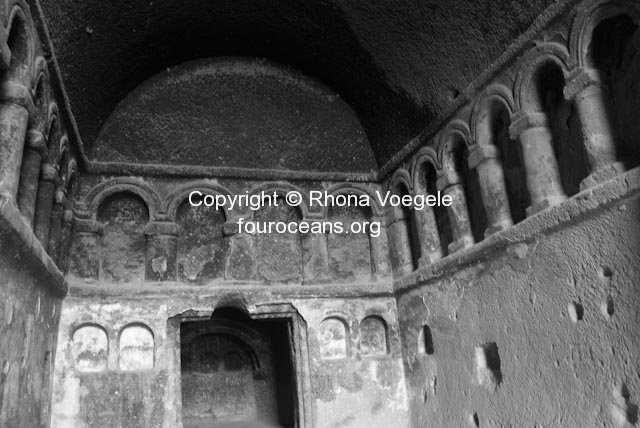

Leave a reply